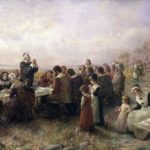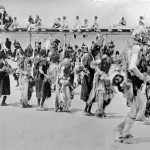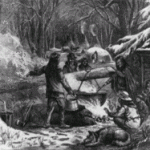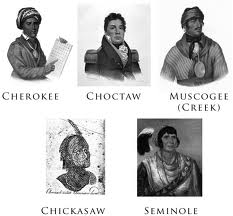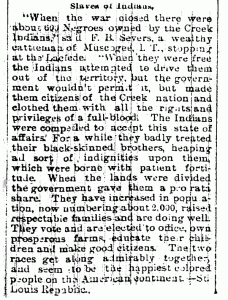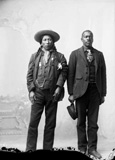The Thanksgiving holiday does not have the same significance for Native Americans as it does generally for others in this country. The fact that European pilgrims survived their first harsh winter boded ill for native peoples who suffered death, disease, and cultural disintegration at their hands. However, many Native American tribes incorporated gratitude into everyday life, often thanking plants and other living things for giving themselves to human use. Many tribes also had specific times and occasions for which they specifically took time out to express gratitude, such as mid-winter and harvest time.
Among others, the Creek, Cherokee, Seminole, Yuchi, and Iroquois tribes celebrated the Green Corn Festival, which marked the beginning of the first corn harvest. It was a time to thank Mother Earth and all living things for providing food and other usable items that made life good. Most Native Americans had various harvest ceremonies with the same purpose in mind. The Iroquois particularly formalized times of thanksgiving, which would include a special Thanksgiving Address. A speaker was chosen to give thanks on behalf of all the people. The thanksgiving prayer then offered gratitude to the Creator for the earth and the living things upon it. The prayer could be quite long, encompassing specific things the speaker wanted to call special attention to, like birds, rivers, medicinal grasses and herbs, wind, rain, sunshine, the moon and stars, and so on.
For many Native Americans, gratitude intersected with the spirituality they brought to daily life. Ceremonies simply formalized the gratitude they typically expressed on a smaller scale every day.
______________________________________________________________________________________
